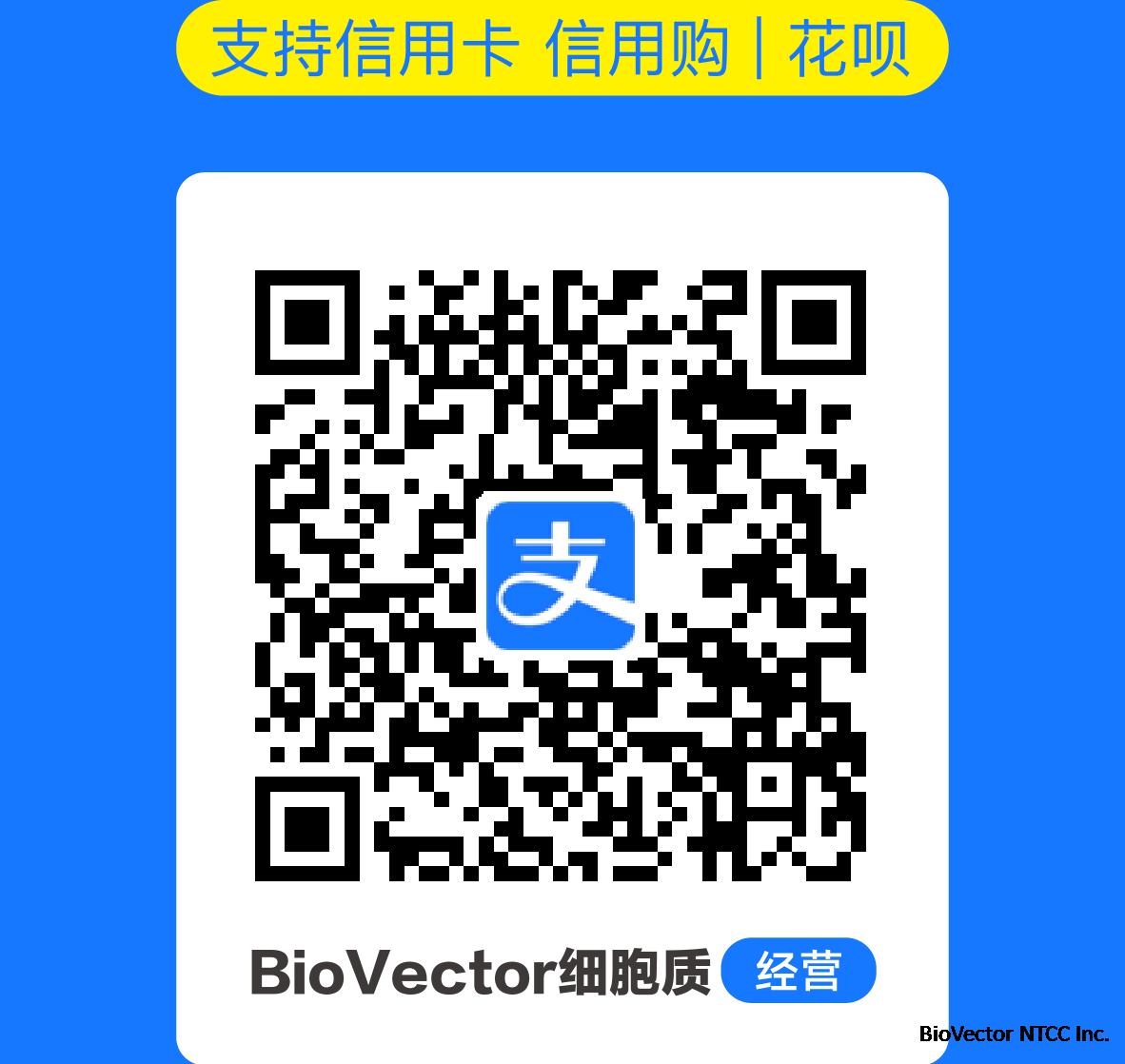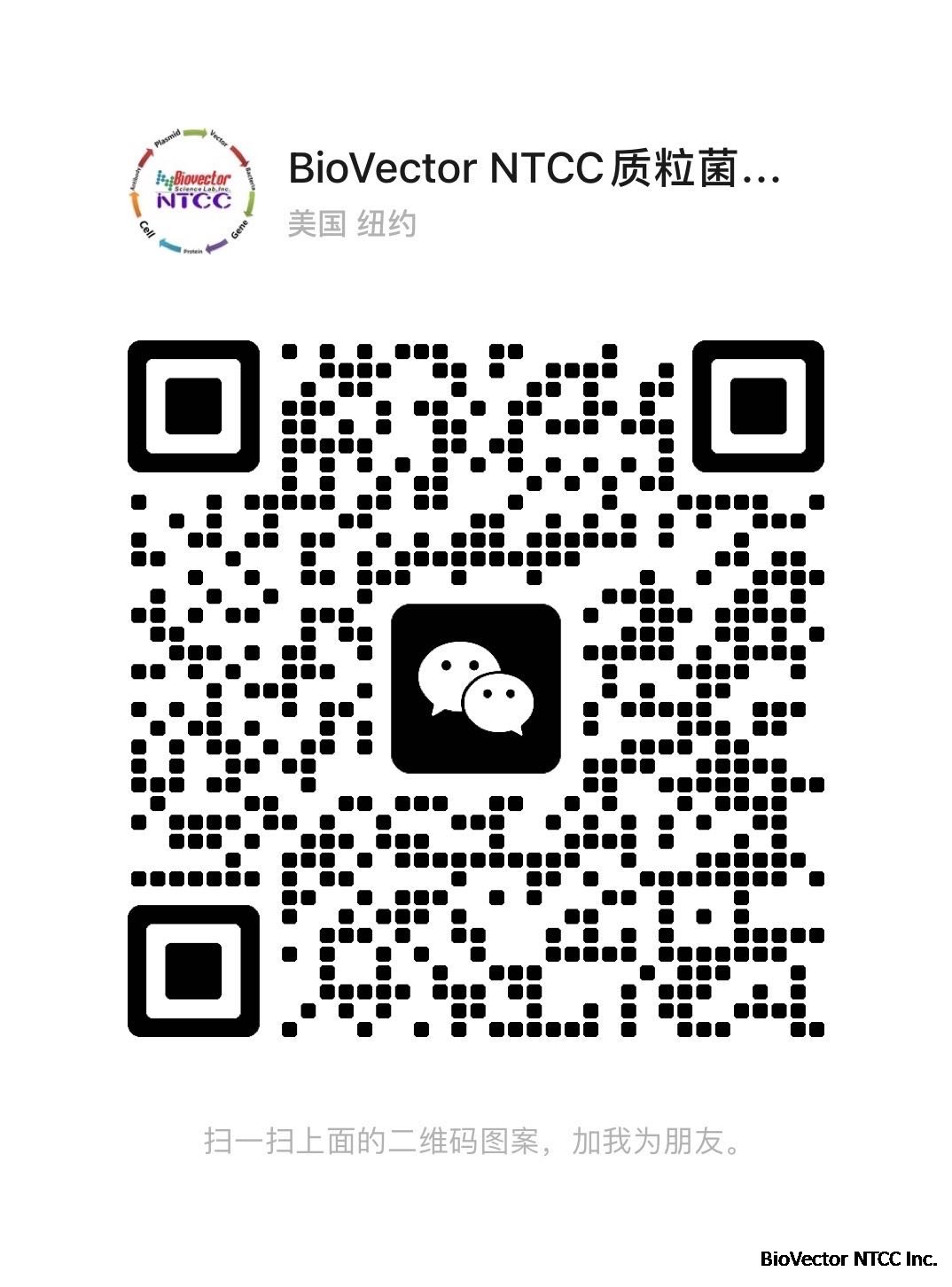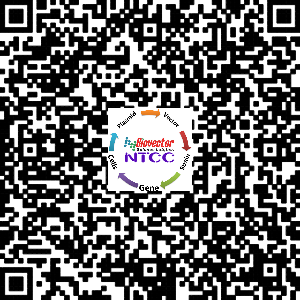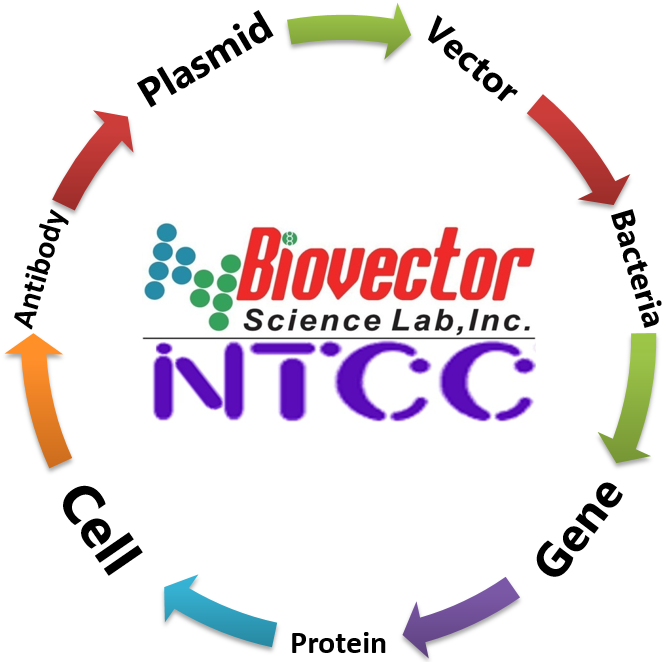- BioVector NTCC典型培養物保藏中心
- 聯系人:Dr.Xu, Biovector NTCC Inc.
電話:400-800-2947 工作QQ:1843439339 (微信同號)
郵件:Biovector@163.com
手機:18901268599
地址:北京
- 已注冊
pNLF1-C
pNLF1 NanoLuc? Protein Fusion Vectors
Generate N- or C-Terminal Fusions with NanoLuc? Enzyme or N-Terminal Secreted NanoLuc? Luciferase
Use traditional cloning to insert protein of interest into the multiple cloning site (MCS)
Bright NanoLuc? reporter enables endogenous expression levels of fusion proteins for biologically relevant results
Choose from transient transfection or select for stable expression using hygromycin
The pNLF1 Vectors use traditional cloning with a multiple cloning site (MCS) to generate N- or C-terminal fusions to NanoLuc? luciferase. Create full-length Nluc protein fusions using the pNLF1-N [CMV/Hygro] Vector (N terminus) and pNLF1-C [CMV/Hygro] Vector (C terminus). In addition, attach secreted Nluc to the N terminus of the protein of interest using the pNLF1-secN [CMV/Hygro] Vector. All vectors contain a mammalian selectable marker to create a stable line.
The small size (19.1kDa) and extreme brightness of NanoLuc? luciferase (Nluc; about 100-fold brighter than either firefly [Photinus pyralis] or Renilla reniformis) make it an ideal protein fusion partner. When visualizing intracellular protein dynamics, the bright NanoLuc? reporter reduces imaging exposure times without the need for repeated sample excitation, which can result in cytotoxic artifacts.
NanoLuc? fusion proteins can be used in a variety of applications including: reporters of protein stability, probes for bioluminescent cell imaging (BLI) or as the donor signal in bioluminescent resonance energy transfer (BRET) applications for protein:protein or protein:small-molecule interaction studies. The brighter signal and blue-shifted emission spectrum from NanoLuc? luciferase result in less spectral overlap with fluorescent acceptors, resulting in better signal:background and dynamic range for BRET applications.
Additional NanoLuc? protein fusion vectors include the pFN31 and pFC32 Vectors. Generate N- or C-terminal Nluc fusion proteins using the Flexi? Vector Cloning System—a directional cloning method based on two rare-cutting restriction enzymes, SgfI and PmeI, that provides a rapid, efficient and high-fidelity way to transfer protein-coding regions between a variety of Flexi? Vectors without the need to resequence.
Applications
Compound screening.
Protein:protein interactions.
Protein:small-molecule interactions.
Bioluminescent imaging.
Protein stability.
Supplier來源:BioVector NTCC Inc.
TEL電話:+86-010-53513060
Website網址: http://www.biovector.net
您正在向 biovector.net 發送關于產品 pNLF1-C哺乳動物熒光表達載體 BioVector NTCC質粒載體菌種細胞基因保藏中心 的詢問
- 公告/新聞




